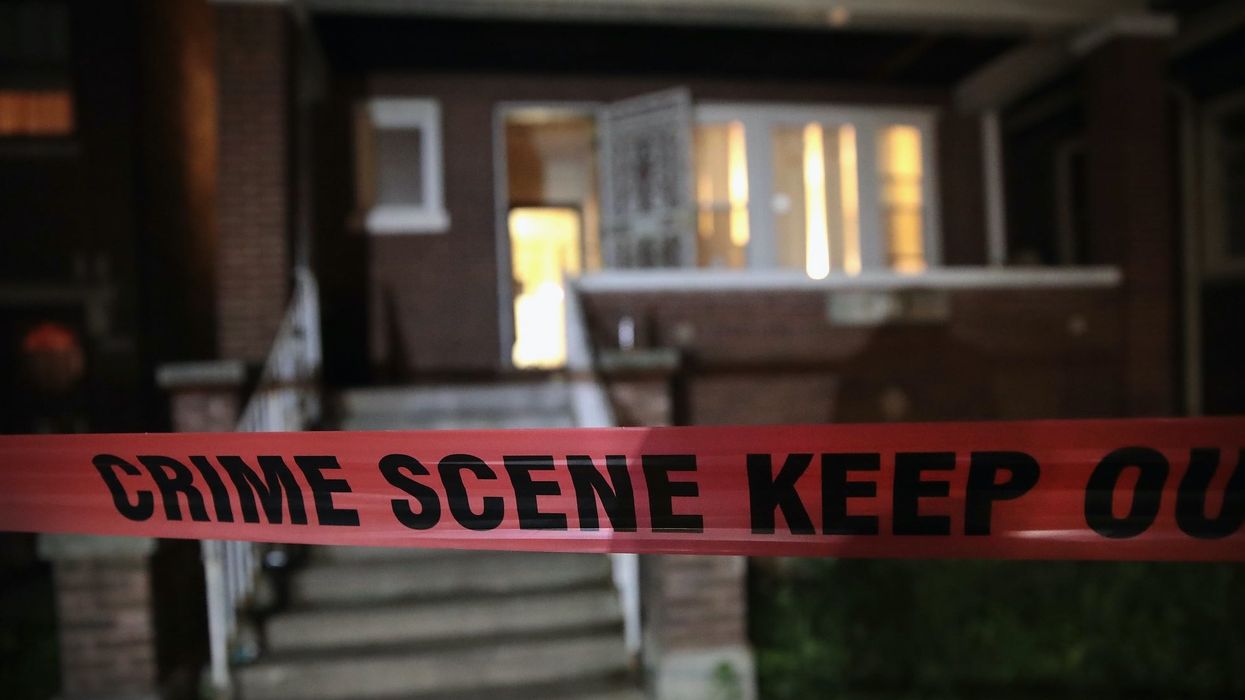
Photo by Scott Olson/Getty Images

Good trends
As the nation continues to wade through bad news, from contested election results to reports of COVID-19 surging pretty much everywhere, there is some good news out there.
A new report from Gallup revealed that household reports of crime victimization have reached a record low — after hitting a record high four years ago.
According to a Gallup survey released Thursday, 20% of Americans said someone in their household had been the victim of a crime. And just 13% said they personally were a victim.
Both of those are the lowest rates in the 20-year history of Gallup's annual crime poll and are down significantly since their record highs, which were set during the Obama administration.
In 2016, the U.S. saw a record high (29%) share of Americans saying a member of their household had been a victim.
The record high for Americans saying they personally were victims of crime was set at 19% in 2014.
The prior low for household victimization (22%) was set in 2017, and the prior low for personal victimization (14%) was set in 2006.
New from Gallup: Reports of crime victimization at all-time low. https://t.co/fVSRYolFgq— Chris Field (@Chris Field) 1605278181.0
Of the seven crimes surveyed by Gallup — burglary, property theft, car theft, vandalism, aggravated theft, physical assault, and sexual assault — all were at or near historic lows, the outlet said:
The reported incidence of these crimes varies from a low of 1% for aggravated theft (money or property stolen from them by force or threat of force) to a high of 12% for simple theft. All are at or near the low points in Gallup's trend, with reports of simple theft down five percentage points from its 2016 high and vandalism down four points from its 2015 high.
More from Gallup on crime victimization: https://t.co/hRYnNUbZBE— Chris Field (@Chris Field) 1605281494.0
Interestingly, urban areas saw the biggest drop in household victimization compared to 2018-2019, Gallup said.
According to the poll, cities saw a 6-point drop in reported household victimization from 28% to 22%.
Rural areas came in second with a 4-point drop (20% to 16%).
Suburbs saw a drop of only 1 point (23% to 22%).
The region of the country that saw the biggest drop was the West, with an 8-point drop (28% to 20%). The smallest regional decrease was in the South, which saw a 1-point drop (23% to 22%).
Also, low-income households saw the biggest drop in victimizations, dropping 6 points from 30% to 24%.
More from Gallup’s crime victimization survey, based on location and income: https://t.co/p4zfZGqcee— Chris Field (@Chris Field) 1605280754.0
Chris Field
Chris Field is the former Deputy Managing Editor of TheBlaze.